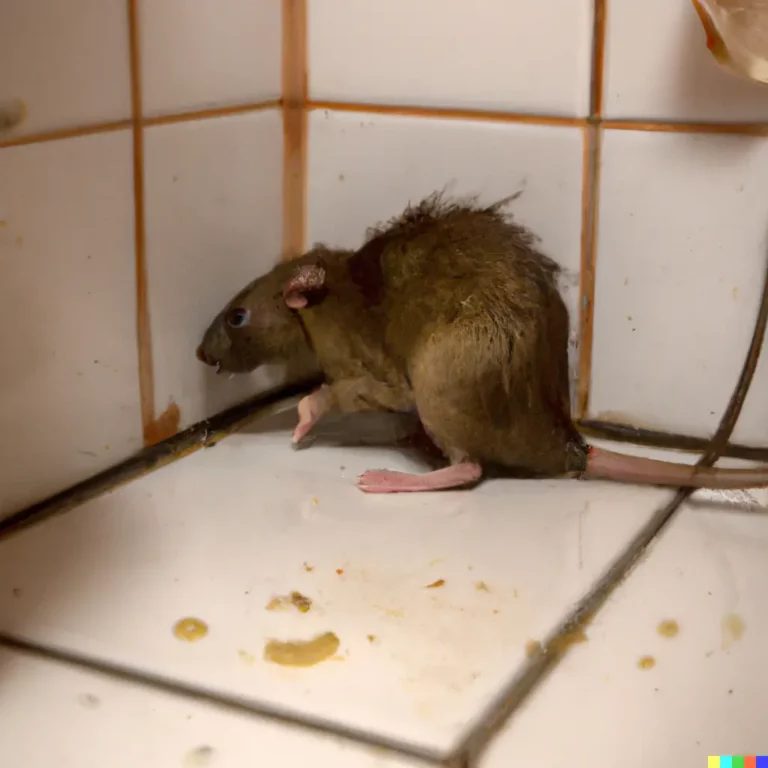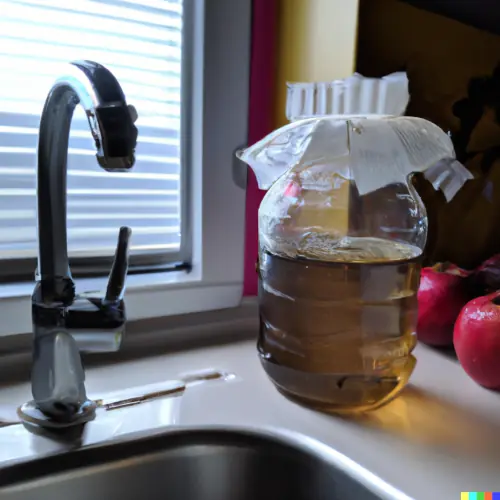How do bats get into plumbing
Have you ever heard strange noises coming from your pipes or noticed a strange smell emanating from your sink? It might seem like a problem with your plumbing, but there’s a chance it could be something much more unexpected: bats.
Yes, you read that correctly. Bats can sometimes find their way into your plumbing, causing all sorts of problems. But how do bats get into plumbing in the first place, and what can you do about it? Here’s everything you need to know.
How Do Bats Get Into Plumbing?
There are a few different ways that bats can find their way into your plumbing. One common way is through small openings or gaps in your home’s exterior. This can include gaps around windows, doors, or vents, as well as openings in your roof or attic.
Bats are able to squeeze through incredibly small openings, so even a gap that seems too small for them to fit through could potentially be a entry point. If a bat finds its way into your home, it may try to find a place to hide or roost, and your plumbing can seem like a good option.
Another way that bats can get into your plumbing is through the sewer system. If a bat happens to fall into a sewer grate or pipe, it could potentially make its way into your home’s plumbing.
The Problems Caused By Bats In Your Plumbing
Having bats in your plumbing can cause all sorts of problems. For one, they can leave droppings and urine behind, which can create a foul smell and be a breeding ground for bacteria and other harmful pathogens.
In addition, bats can cause physical damage to your plumbing. They may chew on pipes or get stuck in certain areas, leading to blockages or leaks. This can not only be a nuisance, but it can also be costly to repair.
How To Get Bats Out Of Your Plumbing
DISCLAIMER : Please note that bats, like all wild animals, can carry diseases, including rabies. If you suspect that you have a bat in your home or if you come into contact with a bat in any way, it’s essential to take precautions to protect yourself. If you are bitten or scratched by a bat, or if you have any other physical contact with a bat, seek medical attention immediately. Even if you don’t have any visible wounds, it’s still important to have a healthcare professional assess the situation to determine if you need treatment.
So, what can you do if you suspect that you have a bat in your plumbing? The first step is to try to locate where the bat is. This might involve looking for any visible openings or gaps in your home’s exterior or checking your plumbing for any blockages or abnormalities.
Once you’ve located the bat, your next step will depend on the specific situation. In some cases, it may be possible to simply remove the bat from your plumbing yourself. For example, if the bat is stuck in a pipe or drain, you may be able to gently remove it using a pair of gloves or a towel.
However, if the bat is in a more inaccessible area or if you’re not comfortable trying to remove it yourself, it’s best to call in a professional. A wildlife control specialist will have the experience and tools necessary to safely and effectively remove the bat from your plumbing.
It’s important to note that it’s illegal to harm or kill bats in most states, so it’s essential to use humane methods to remove them from your home.
Preventing Bats From Getting Into Your Plumbing
The best way to deal with a bat in your plumbing is to prevent it from happening in the first place. Here are a few steps you can take to keep bats out of your plumbing:
- Seal any gaps or openings in your home’s exterior. This includes gaps around windows, doors, vents, and any other openings in your roof or attic.
- Install screen covers over your plumbing vents to keep bats out.
- Keep your sewer grates and pipes in good repair to prevent bats from falling into them.
- If you have a bat problem in your area, consider installing a bat house to give them an alternative place to roost
By following these steps, you can help prevent bats from getting into your plumbing and causing problems in your home. It’s always better to take preventive measures rather than dealing with the issue once it’s already happened.
If you do end up with a bat in your plumbing, don’t panic. By following the steps outlined above, you can safely and effectively remove the bat and get your plumbing back to normal.
Bats may seem like an unlikely problem to have in your home, but they can definitely find their way into your plumbing if given the opportunity. By being aware of the issue and taking steps to prevent it, you can keep your plumbing bat-free and functioning properly.






